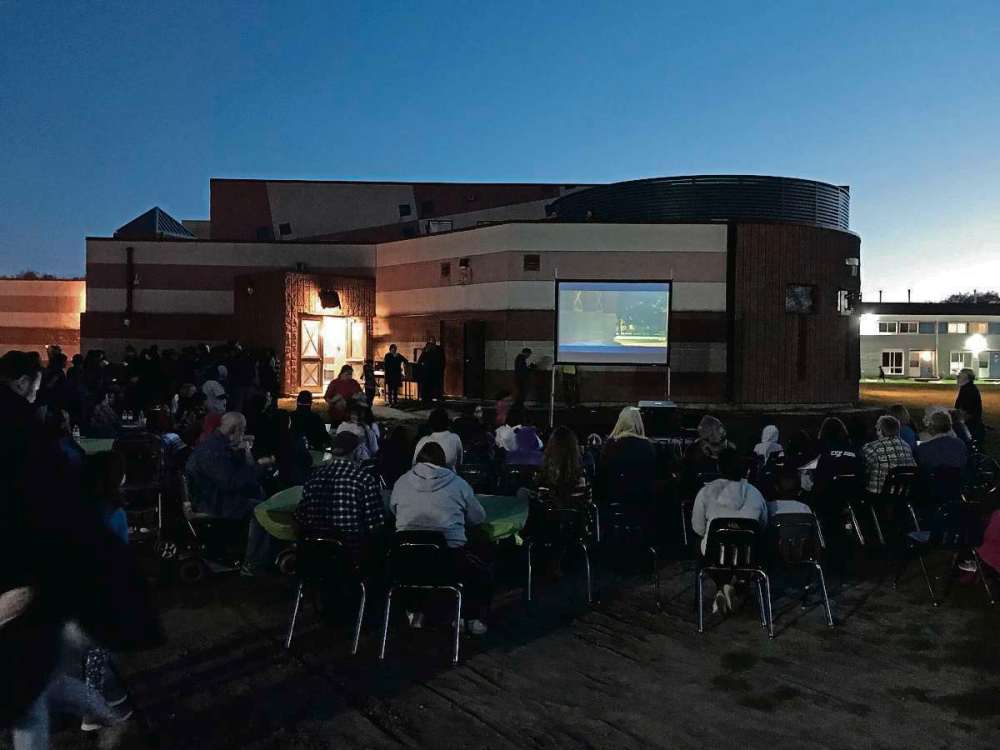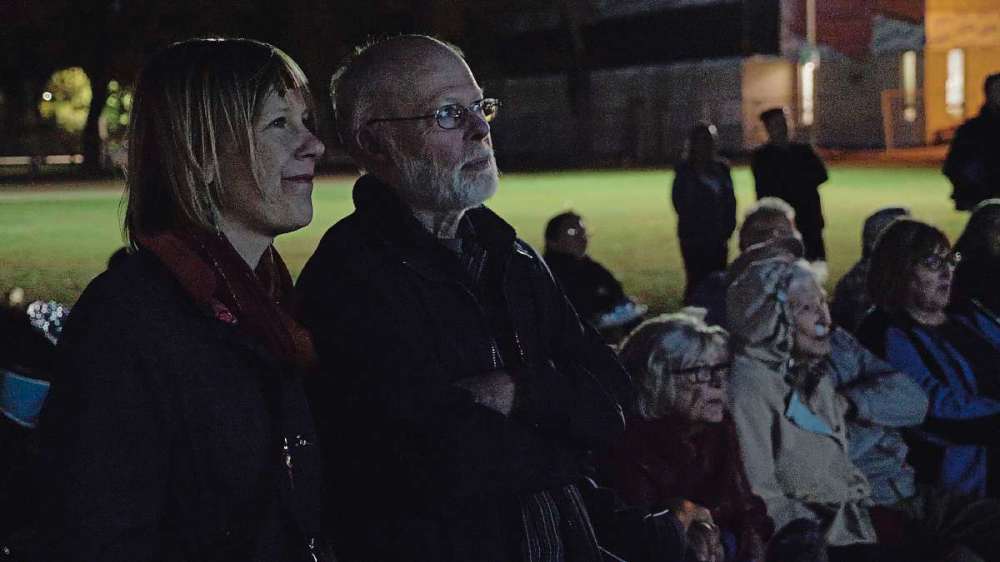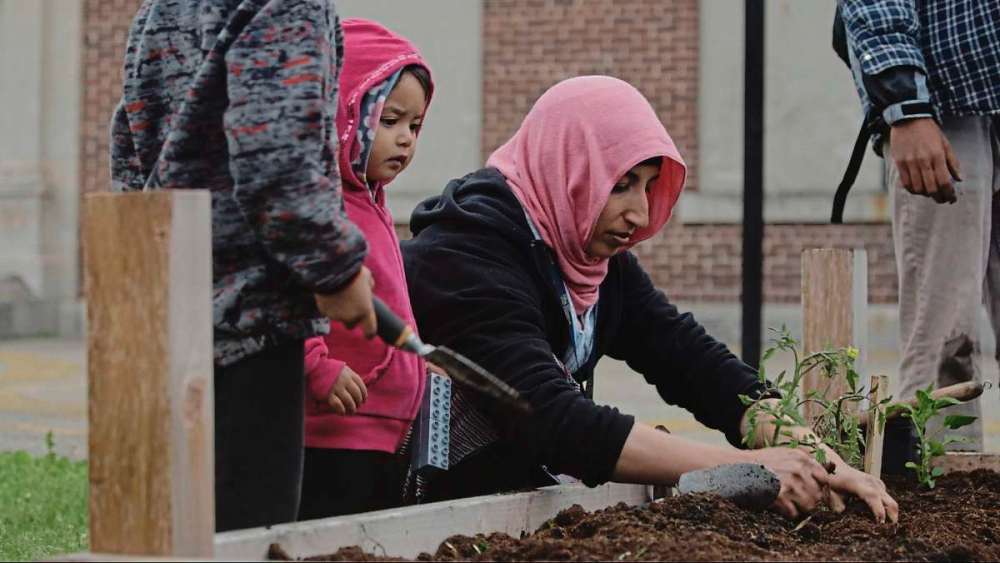Lord Selkirk Park a great place to live
Public housing complex was almost bulldozed in the ‘90s
Advertisement
Hey there, time traveller!
This article was published 13/11/2017 (2880 days ago), so information in it may no longer be current.
Lord Selkirk Park residents are a living proof that low-income housing is extremely beneficial.

KPMG Winnipeg has recommended that the Province sell Manitoba Housing units, such as Lord Selkirk Park, to private, for-profit housing organizations in partnership with community-based housing providers.
But according to Jim Silver, a University of Winnipeg’s Urban and Inner-city department professor, “the private sector will not solve the low-income housing problem.”
“Private builders and developers build and manage housing for profit, and there simply is no profit in building housing for low-income people,” he stated in his reply to KPMG’s recommendations, published on Oct. 18.
Lord Selkirk Park is Winnipeg’s largest public housing unit complex and an example of a successful non-profit initiative. The first family moved into one of the units in December of 1967. The $4.5-million project was part of Canada’s urban-renewal strategy and a milestone for the area’s redevelopment.
Years later the place started to deteriorate and in the ’90s, 50 per cent of the units were boarded up and gang activity was taking over. In 2005, community leaders, academics and government partners began a revitalization process and turned LSP into a much healthier and safer community.
“If we could turn things around in LSP, given what a challenging neighbourhood it was, then we could turn things around anywhere,” Silver told The Times.

The strategy used by these organizations was based on developing a relationship with people in the community, winning their trust, and treating them as if they are the experts of what their needs are. They persuaded the provincial government to implement and invest in what the residents wanted.
As a result, LSP now has a resource centre and an adult learning centre. Aja Oliver lived in the housing complex for two years. A single mother with four kids, at first, Oliver was hesitant of moving into LSP due to its history, but living there changed her whole life for the better.
She got enrolled in Kaakiyow, the adult learning centre at LSP, and earned her high school diploma. Oliver grew up in Calgary’s inner city and Winnipeg’s inner city and said going to university wasn’t seen as a possibility for her. Today she is a student at the U of W’s Urban and Inner City Studies department.
“I didn’t want to be on welfare anymore. I had been on social assistance my whole life. I wanted to change that and break that cycle of being dependent financially on the government,” Oliver said, adding the community support was overwhelming. “A lot of doors opened for me while I was there.”
Up until then, Oliver hadn’t experienced strong community ties, and now she has friends for life, people with whom she can share her struggles.

“Your positive ideas are followed up with people surrounding you that want to help,” she added.
LSP is a diverse place. Newcomers, many of them of Middle Eastern and African origin, live there and they fit into the community well, Silver said. Oliver commented that her neighbours from Ghana were growing corn in their backyards and would bring it to her.
“You have all these people coming from different countries showing us their culture, just being able to share stories without any judgments or hostility. It’s just a welcoming and warming environment now, and it wasn’t like that before. The transformation is great.”
Leaders and community organizations worked for about eight years on an on-going basis, but today LSP is a very safe and healthy place, Silver added.
“There used to be a lot of social isolation. That seems to have been broken down, and there’s a powerful sense of community there with people co-operating in various kinds of ways.”

All 314 units are occupied, and there is a waitlist of people wanting to move there.
The Manitoba Research Alliance, the Canadian Centre for Policy Alternatives, the University of Winnipeg and local filmmaker Ian Mauro created a video, titled A Good Place to Live, to share with others the current way of living in LSP that can be found at https://youtu.be/Kr6h-m_-1vM




